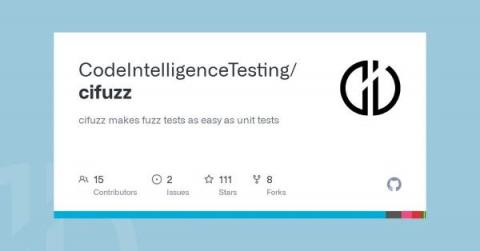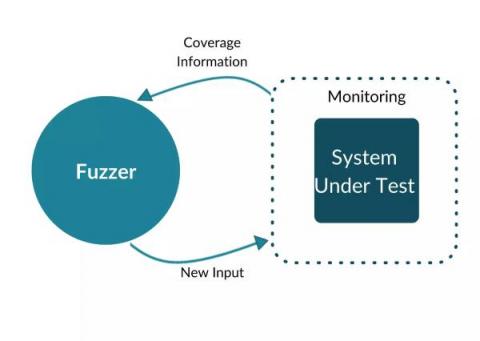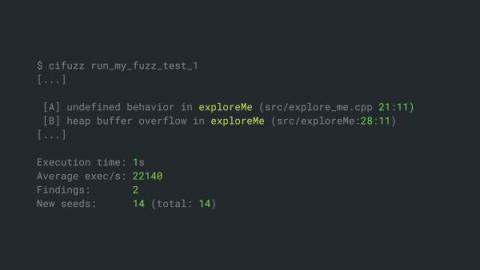Top 10 Cybersecurity Conferences of 2023
2023 is coming in hot. If you don't want to miss out on this year's best events, you better start planning your conference schedule early. To help you out, I created an overview of my personal top 10 favorite cybersecurity events in 2023 about application security, cloud security, IoT, and all the other topics that currently occupy the cybersecurity world.











